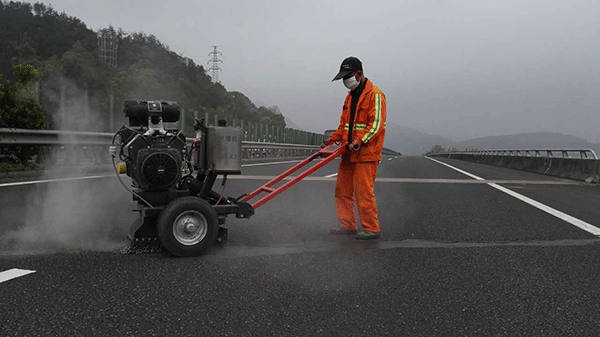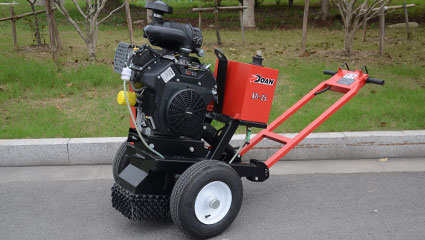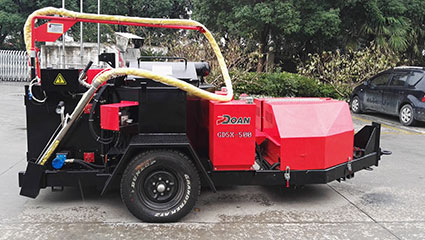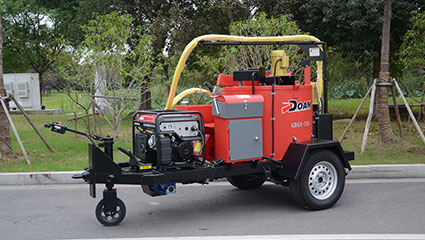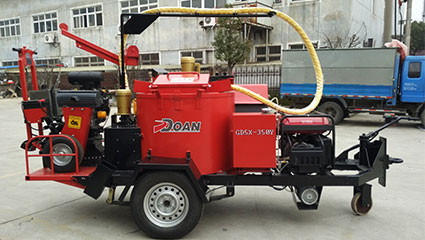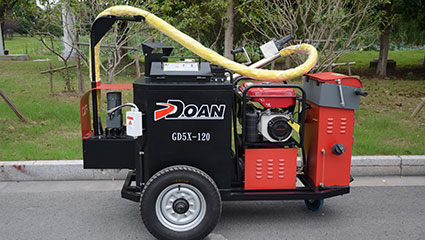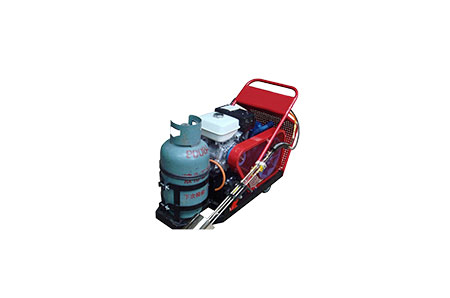During 2016, the research team routinely visited the Nebraska Department of Roads yard in Lincoln, NE to test and measure the performance of crack router in the field (Figure 4.2). The main purpose of the Nebraska Department of Roads field tests was to test how well the device cut cracks and to observe how well different versionsperformed for crews with different physical conditions. This process was necessary to be sure each version of the device was suitable for all crews and to obtain their comments and feedback.
The tests were conducted under different weather conditions and on different sizes and types of cracks in order to ensure that crack router could perform at a wide variety of project sites.
During these tests, the routing function of crack router was tested in conditions similar or equal to those typically encountered while using conventional crack cutting devices on a project site. The
innovative design of crack router allowed for more efficient use and safer conditions during tests. It was also determined that the device’s 100 lbs. of weight is sufficient to help the device easily cut.

